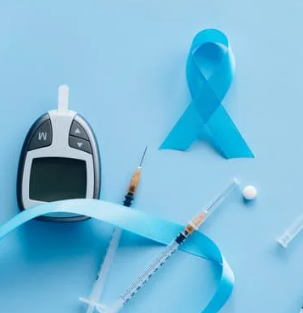John Haughton, MD, CMIO of Covisint, treated attendees of Healthmart '12 Conference and Datapalooza to some great advice for moving toward coordinated care. Clinically Integrated Networks, he said, will be essential for business purposes, while enhancing care and workflow.
“Connected care works, and it matters,” Haughton added. Purpose-driven exchange over the Web has already produced savings of 15% worldwide, he said, but the superseding clinical goal is to turn health data into actionable information at the point of care.
Haughton advised attendees to “start with what you have and scale it from there for your purposes, which may mean connecting to [a] community in some way, shape or form.”
A Matter of Trust
In a Clinically Integrated Network, trusted identity becomes very important, but other industries have already addressed this issue, he said.
“Look at Blue Cross engagement with Web services; it’s a trusted environment where we can all collaborate and work together,” Haughton said.
That essential trust is supported by identity services, portal services, data exchange services, and an appcloud, with overlapping networks where people can see data in different ways.
Nagging Concerns about the Cloud
Health care providers and organizations will need to choose public or private networks, based on their concerns for security and privacy. Said Haughton, “Compete or cooperate, the end game is a network of networks.”
Security is an issue when everyone brings their own devices. But again, “the good news is other industries have figured that out, and it works,” he said.
A host of new Cloud Brokers is emerging to satisfy the government’s need to audit data senders, and for consumers, to provide identity management performance reporting.
Critical Success Factors
Ready to give it a go? Consider these practical steps toward operating a successful Clinically Integrated Network, some of which may seem counter-intuitive:
- Move away from a mindset of “the data is mine, it’s all mine!”
- Make it visible in workflows, practices and across care teams.
- Potentially include information from payors, such as aggregate data for risk scores
- Because it is hard to get clean, useful data, section data for privacy, but let people collaborate on it
- Beware of Dashboards with fluid web services that pull and push—technically, they work, but governance is a challenge
In response to an audience member’s question about the older adolescent opt-in/opt-out issue, with its stricter privacy rules, Haugton said it’s not a technical barrier, but a legal one.
“These are very real issues, and the granularity is starting to rear as we go along these processes. Less is sometimes more.”
Regarding that, he reminded all that “simple communication improves clinical workflow.”
Step One: Prioritize
The first thing to do is understand your objectives by mapping clinical and business opportunities with your provider and patient populations.
“What is the task at hand? Lowering bed days?” Haughton asked. Once you have identified it, “deploy quickly, adding to what you have,” he suggested.
RELATED POSTS:
The Era of Accountable Care is Here, Sooner than Expected Because it Works
Healthcare BI and Chargemasters Use Data to Stop Revenue Leakage
What’s holding you back? Share your concerns below or contact me at lbsmith@thehitcommunity.org. Follow me on Twitter for frequent updates: @LauraBSmith1
Related Articles

Socioeconomic Status, Access, and Control: Rethinking Diabetes Outcomes
Explore Insights
Navigating the Social Care Landscape: Five Lightbulb Moments from the SIREN National Research Meeting
Explore Insights
